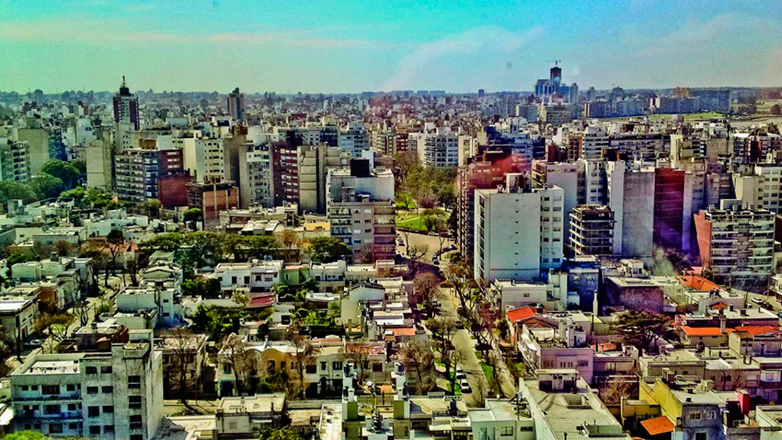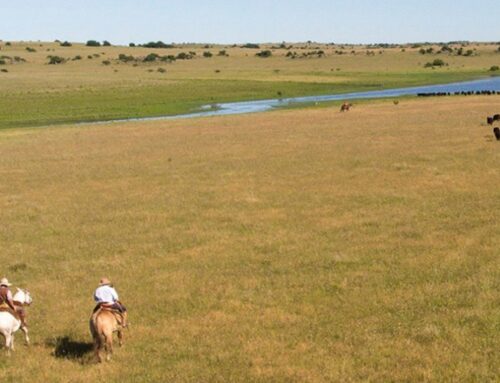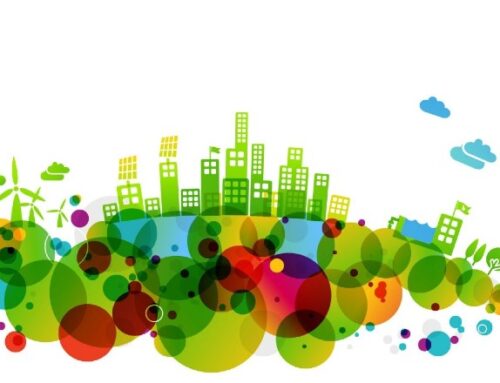A social study from the Inter-American Development Bank (IDB) entitled Social Pulse in Latin America and the Caribbean 2016: Realities & Perspectives, says that Uruguay is the country with the biggest middle class in the region and explains the reasons why.
The IDB report about realities and perspectives in Latin America and the Caribbean, indicates that middle class in the region is 186 millions people, almost the double than in 2005.
But the dominant group in the region (in 10 of the 22 countries releveated) is still in the range of “vulnerability”. People which are not poor but they income is not enough to be considered middle class.
For the IDB ‘poor’ is defined by a family income that is less tan 5 dollars a day; ‘vulnerable’ is a family income between 5 to 12,40 dollars a day: middle class is measured between U$ 12.40 to U$ 62 and the ‘rich’ or ‘high class’ have an income superior tan U$ 62 per capita.
Five countries are leaded by middle class and poor are the majority in three.
The countries with the biggest middle class are Uruguay (62%), Argentina (53%) and Chile (49%). The countries with the biggest poverty incidence rate like Guatemala, Honduras and Nicaragua, have the smallest middle class (16%, 14% and 11% respectively).
Uruguay is the country with the lowest level of poverty in the region and the biggest middle class. In many Latin American and Caribbean countries the growth of the middle class was experienced between 2002 and 2008, meanwhile in Uruguay it was later, between 2008 and 2014.
The IDB report considers that “one of the key factors for swelling the ranks of the middle class is formal employment since it allows access to social security. Formal employment is the most distinctive characteristic of the middle class”. In Uruguay formal workers exceed 80%.
Source: Caras y Caretas





